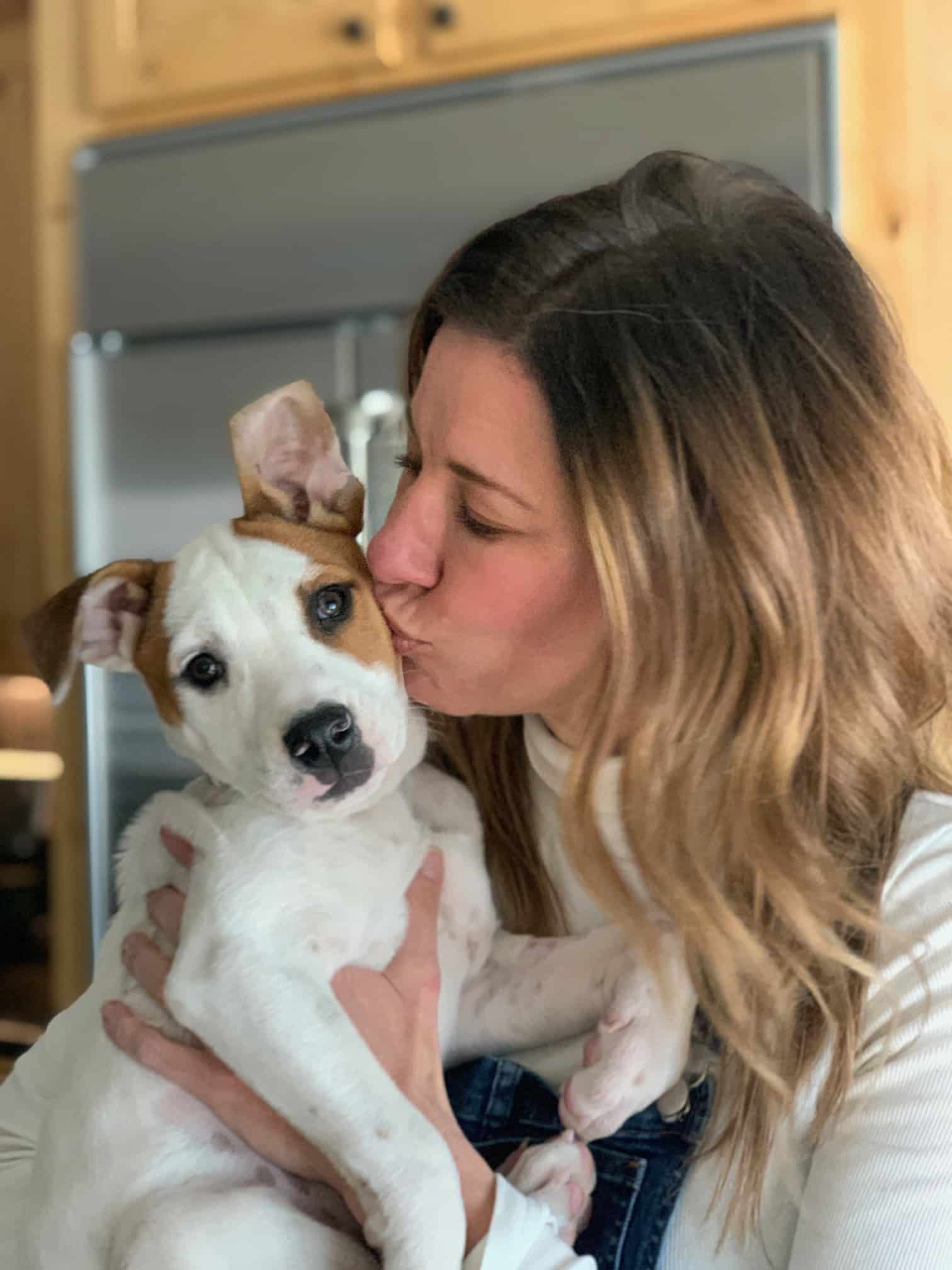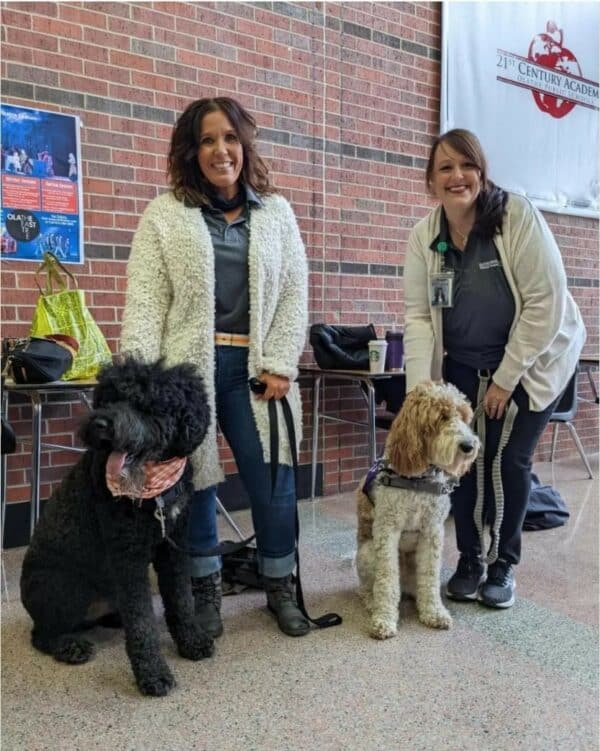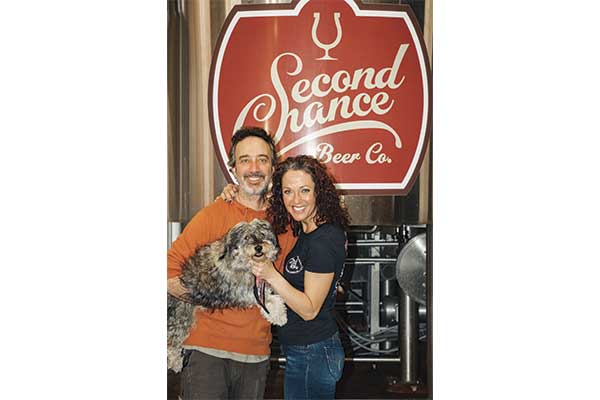Animal shelters and rescue organizations offer many ways for dog lovers to volunteer their time and resources to help dogs in need, and one of those ways is fostering homeless dogs and puppies. A foster home provides a temporary environment for a dog until a permanent home can be found. But sometimes fosterers end up falling in love with the dog and the situation goes from temporary to permanent — that’s called a foster fail.
Is a foster fail really a failure?
“Providing a solid, loving home for a dog could never be called a failure!” says Lisa Dickinson, who fosters dogs for Mile High Canine Rescue. Lisa has adopted two dogs out of the 75-plus she’s fostered. “It’s a win-win situation for everyone. When I did ‘foster fail,’ I thought I’d need to stop fostering because I had three dogs of my own — but it ended up being easy to add another one to the pack.”
How do foster fails happen?
A powerful outcome of fostering is the dog’s response to living with a family instead of in a shelter. “Dogs in foster are able to experience a home setting and present a more accurate portrait of themselves without the stress of a shelter environment,” Lisa says. “You can start to see their true personalities shine!”
The experience of fostering often becomes just as rewarding for the family as for the dog. Many foster parents fall in love with the dogs and don’t want to say goodbye. Lisa calls the dogs that connect with their foster parents in this way “soul dogs,” the ones that embed themselves in your heart.
“When you open your home to a foster dog, you are really saving two lives — the dog you take in and the dog who gets to take his spot at the shelter,” says Lisa. “I look at fostering as a bridge from the shelter to a forever home.”






